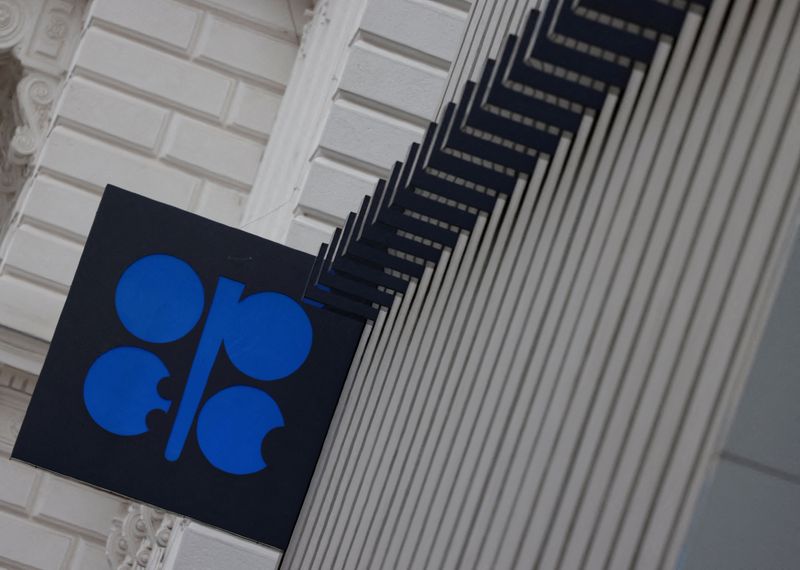Commodities
Goldman Sachs expects OPEC+ production increases to start in December

(Reuters) – Goldman Sachs adjusted its expectations for OPEC+ oil production saying it now expects three months of production increases starting from December instead of October, the bank said in a note on Friday.
OPEC+ has agreed to delay a planned oil output increase for October and November, the producers group said on Thursday after crude prices hit their lowest in nine months, adding it could further pause or reverse the hikes if needed.
However Goldman Sachs maintained its range of $70-85 per barrel and a December 2025 Brent forecast at $74 per barrel.
The investment bank expects the effects of a modest reduction in OPEC+ supply in the upcoming months to be counterbalanced by easing effects from the current softness in China’s demand and faster-than-expected recovery of Libya’s supply.

“We still see the risks to our $70-85 range as skewed to the downside given high spare capacity, and downside risks to demand from weakness in China and potential trade tensions,” Goldman Sachs said.
Brent crude futures were down $1.63, or 2.24%, to $71.06 a barrel on Friday, their lowest level since December 2021. U.S. West Texas Intermediate crude futures fell $1.48 on Friday, or 2.14%, to $67.67, their lowest since June 2023. [O/R]
Commodities
Oil prices rise; U.S. crude inventories plunge, Russia-Ukraine truce eyed
Commodities
India’s Reliance to stop buying Venezuelan oil over US tariffs, sources say
Commodities
Oil prices climb on Venezuela supply worries

 Forex3 years ago
Forex3 years agoForex Today: the dollar is gaining strength amid gloomy sentiment at the start of the Fed’s week

 Forex3 years ago
Forex3 years agoUnbiased review of Pocket Option broker

 Forex3 years ago
Forex3 years agoDollar to pound sterling exchange rate today: Pound plummeted to its lowest since 1985

 Forex3 years ago
Forex3 years agoHow is the Australian dollar doing today?

 Cryptocurrency3 years ago
Cryptocurrency3 years agoWhat happened in the crypto market – current events today

 World3 years ago
World3 years agoWhy are modern video games an art form?

 Commodities3 years ago
Commodities3 years agoCopper continues to fall in price on expectations of lower demand in China

 Economy3 years ago
Economy3 years agoCrude oil tankers double in price due to EU anti-Russian sanctions























